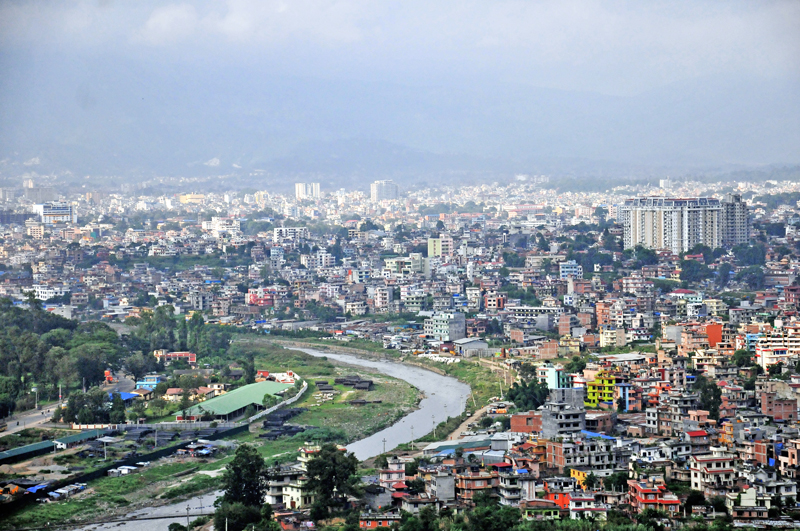Fertile lands turning into concrete jungle: Report
Kathmandu, May 20
Most of the urban growth in Nepal is happening at the expense of fertile farmlands and cities are using peripheral land in a wasteful manner due to the lack of clear policies on the preservation of farmlands, says a report.
According to the report ‘Inclusive Cities: Resilient Communities’ published by the Ministry of Urban Development, existing serviced land and infrastructure in the peripheral urban areas are often inadequately developed and used.
“Kathmandu Valley and the Tarai areas are stark examples of how agricultural lands are prematurely falling prey to urbanisation. Farmers in peri-urban and urbanising areas are increasingly abandoning their traditional occupation in favour of financially more attractive and less labour-intensive job opportunities created by urbanisation,” it warned
Declaration of new municipal areas has also expedited sprawl with the construction of new buildings on hitherto farmlands. Considering ever-increasing demand for food in rapidly growing cities, food security has emerged as a critical urban concern.
In Nepal, urban agriculture has gained attention as a legitimate urban issue only in recent years.
“So far, the tendency among urban policymakers had been to view agriculture as a sector non-compatible to urban development. There has been renewed interest in integrating the issue of food security into urban development process,” it said.
Amid growing concerns about increasing fragmentation of fertile lands and unplanned urbanization, the government promulgated Land Use Policy, 2016 with the aim of encouraging optimal use of land.
The main objective of the policy is to ensure that fertile land is used for farming only. The policy also talks of adopting land pooling concept to acquire land for development projects. However, implementation of the policy has been hindered by the absence of related act and regulations.
The National Agricultural Policy, 2004 was promulgated with the objective of contributing towards ensuring food security and poverty alleviation through a commercial and competitive farming system. “Although the policy does not specifically address urban or peri-urban urbanisation, it seeks to establish a land bank with arrangements made with the participation of the local levels to provide information services relating to the availability of farmlands to those who wish to buy or sell such lands for agricultural purpose as well as to provide credit facilities to the needy ones,” said the report.
These provisions are expected to have positive implication for the preservation of farmlands within urban areas as well as for the promotion of urban agriculture. The National Urban Development Strategy (draft), 2015 has also recognised promotion of urban agriculture as one of the major strategies for improving urban environment.






